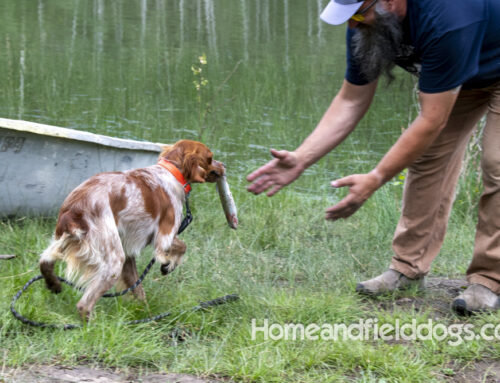I love to smoke meats. So much so that I build my own smokers and spend fortunes on steel, woods, spices and meats to indulge in this primal affair. It is also widely known that I indeed have created the world’s best BBQ sauce according to all those who have tried it.
I was smoking some some beef shortribs today and the idea for this article hit me.
Now this isn’t going to be a debate about raw feeding vs. kibble, that can be handled at a different time. This is specific only to bones and the health of your French Brittany.
As proud pet parents, our primary concern is always the health and well-being of our four-legged family members. Many of us have probably given our dogs a cooked bone at some point, thinking it’s a tasty treat that will keep them occupied. But did you know that this seemingly harmless act can pose serious risks to your pet’s health?
The Risks of Cooked Bones
Cooked bones, especially those from poultry, can splinter into sharp pieces as your dog chews on them1. These shards can cause significant damage, including cut gums, broken teeth, and even choking2. More alarmingly, if these sharp fragments make their way into your dog’s digestive tract, they can cause serious internal injuries3.
Cooked Bones vs. Raw Bones
There’s a common misconception that raw bones can be just as harmful as cooked ones. However, most veterinary experts agree that raw bones are safer because they don’t splinter as easily4. Not only that, but raw bones can also be a natural source of calcium and phosphorus, making them a healthier option overall. However… This is not an endorsement saying to give your dogs raw bones of all types and sizes. For this guide let us simply say that a bone too big to be destroyed or easily swallowed with the tissue on it, can be a great dental device, nutritional supplement and most importantly an activity to combat boredom and give a safe space to the dogs need and desire to chew.
Recognizing the Symptoms
If your dog has consumed a cooked bone, watch out for signs such as vomiting, chokin or unusual breathing sounds, loss of appetite, or difficulty defecating. In severe cases, you might notice bloody stools or lethargy5, which could indicate a blockage or internal injury.
Alternative Chewing Options
Instead of cooked bones, consider alternatives like dog-safe chew toys or large femur and knuckle bones from cows. Always supervise your dog while they’re chewing to prevent choking, and replace any chew toys that become too small or worn out.
The bond between you and your French Brittany is special, and part of keeping that bond strong involves ensuring their safety at all times. So next time you’re tempted to toss a cooked bone to your furry friend, remember the risks, and opt for a safer alternative instead.
Remember, your pet’s health should always come first. If you suspect your dog has ingested a dangerous item like a cooked bone, seek immediate veterinary help.






Leave A Comment